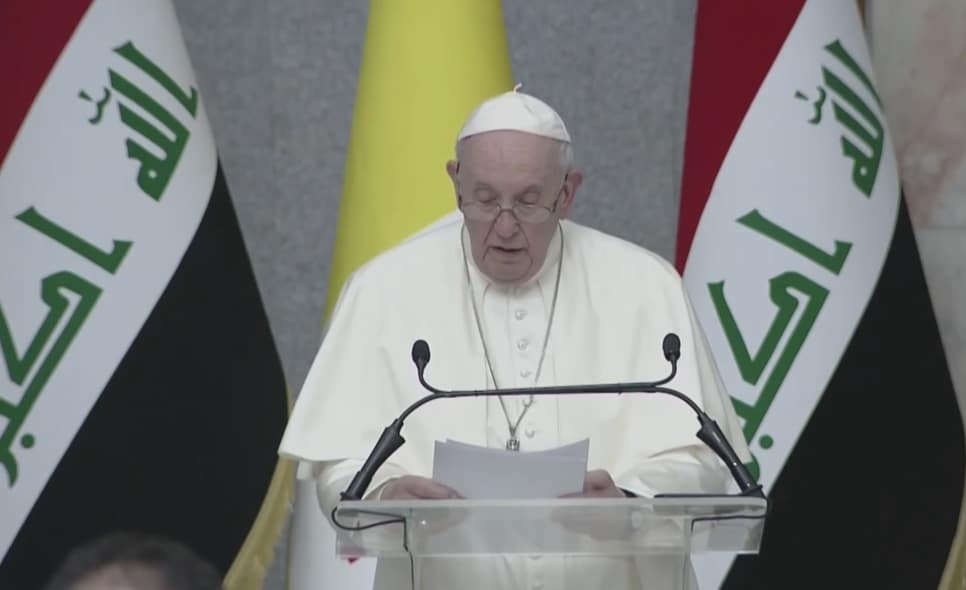India can be a hub of Buddhist studies
<p class="post-meta">
<span class="date"><i class="icon-calendar"/> Mar 10, 2021</span>
<span class="meta-user"><i class="icon-user"/> <a href="https://www.buddhisttimes.news/author/shyamal/" title="Posts by Shyamal Sinha" rel="author" rel="nofollow">Shyamal Sinha</a></span>
<span class="meta-cat"><i class="icon-book"/> <a href="https://www.buddhisttimes.news/category/breakingnews/" rel="category tag" rel="nofollow">BREAKING NEWS</a>, <a href="https://www.buddhisttimes.news/category/topnews/" rel="category tag" rel="nofollow">TOP NEWS</a></span>
<span class="meta-comment last-meta"><span>Comments Off<span class="screen-reader-text"> on India can be a hub of Buddhist studies</span></span></span>
</p>
<hr class="none"/>
By — Shyamal Sinha
Nālandā is also about the gift of knowledge (ancient vidyā-dāna) that is meant to foster inspiration for a transformed global world rooted in cooperation and sharing — knowledge must be spread, shared, and not just compounded or kept for oneself alone. Since its ancient inception, Nālandā has played a major role in sharing and exchanging knowledge across the globe. The actors who played a major part in these ‘exchanges’ were the Buddhist monks or teachers (ācāryyas) Sūbhakarasiṁha , Nāgārjuna, Atīśa, Nāgajñāna (a disciple of Nāgārjuna), his pupil Vajrabodhi, Amoghavajra (from India), Vajrabodhi’s disciple Huiguo (from China), Samantabhadra (from India or Śrī Laṅkā), Huiguo’s pupil Bianhong (from Java), and Kūkai (from Japan). Being a veritable cradle of Buddhist and Hindu learning, it was Nālandā that attracted such a great number of influential teachers and students from around India and the world.
India has a tradition of monastic knowledge that needs to be audited, reviewed, and revisited to relate it to today’s needs. “We need some kind of enlightened approach, which also helps shape the spirit of young people,” Sunaina singh adds.
Also, over the last 20 to 30 years, many Buddhist relics have been found in many parts of India, and the government is trying to update the curriculum. “India has a natural heritage of Buddhism and can be made more meaningful by combining new information gathered from archaeological excavations. This builds interrelationships in today’s life. “It also helps,” said Bhagwati Prakash Sharma, Vice President of the University of Gautam Buddha in Noida.
There are also Buddhist followers in the United States, Europe and elsewhere in China, Sri Lanka and South east Asian countries, and we can encourage them to take these courses. “By reviewing the Buddhist curriculum, we can integrate all the beliefs of Buddhism that fascinate the world,” says Sharma.
Chinese factors
Recently, China has promoted Buddhist studies by portraying itself as a major center of Buddhism in Southeast Asia. Therefore, image-building exercises among all these Buddhist nations are important for projecting India as a real place for learning Buddhism.
“India has strong ties with Southeast Asian countries. By upgrading these courses to provide quality education, we can attract more international students,” says Sharma. Gautam Buddha University has 150 international students studying at different levels.
Anand Singh, Dean of the Faculty of International Relations at Nalanda University, said the government is seeking to connect with Buddhist nations, especially SAARC and ASEAN countries, by using Buddhist ties in foreign policy.
“The government has two purposes, one is to develop India as an educational center and the other is to counter China, which is trying to be the torch of the Buddhist nation,” Sunaina singh said. I will.
“The emphasis on Buddhist studies is part of Track II diplomacy, as it plays a major role in boosting the economy and culture that India wants to compete with China, if not dominant,” says Anand singh .
Nalanda tradition the skills imparted to students extend from rigorous reading of literary and philosophical texts to archaeological training. The School emphasizes the study of Buddhism and its adjacent religious traditions such as Sāṁkhya, Vedānta and Tantra in their full range of spiritual, regional, and cultural contexts. It studies Buddhism, Yoga, Meditation, and other religious traditions, their history, culture and ideas from a Religious Studies perspective which includes critically reflected and applied theory and methodology.
<hr class="none"/>














